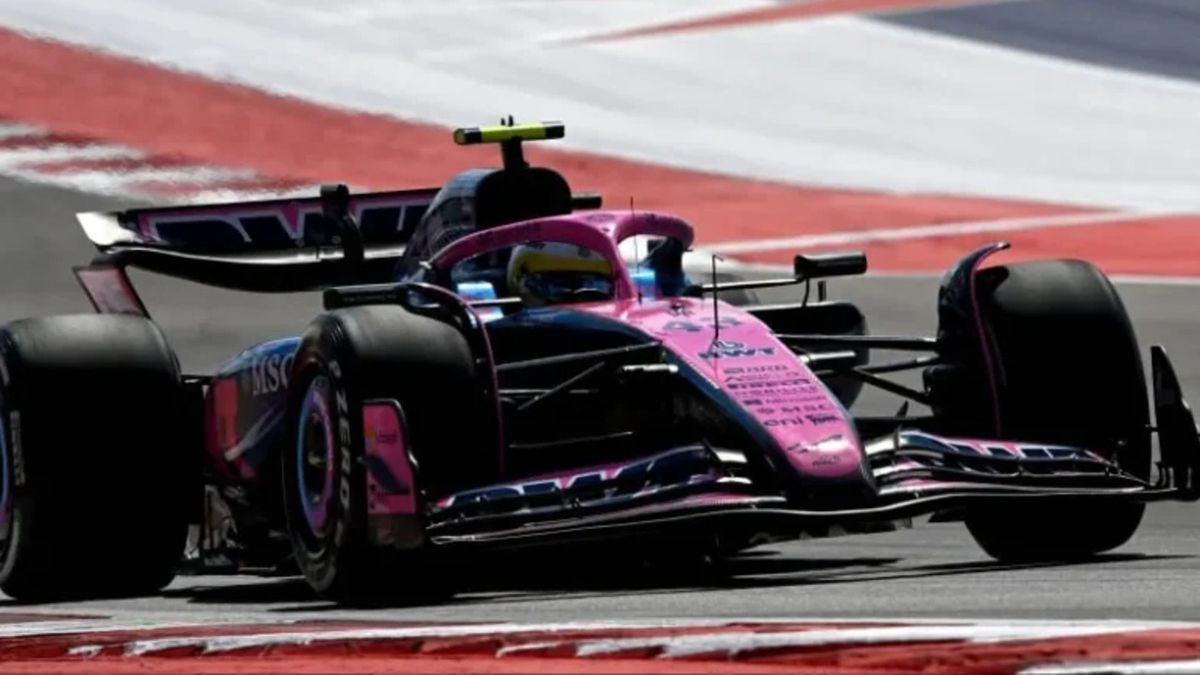The economy, on the one hand “It provided numerous worrying signals, which contribute to altering investor expectations and causing financial stress” (Gervasoni, 2003a, p. 18). Politics, on the other hand, had weakened. The government coalition, the UCR-Frepaso Alliance, suffered two major political crises, which included resignations of senior officials and a cabinet crisis; combined with high levels of country risk, signs of lack of political will and rumors regarding negative political decisions and events; all manifestations that increased mistrust and functioned as an alarm for investors. “An empirical result tending to confirm the impact of political weakness on financial crises is the ineffectiveness of successive economic policy measures tending to restore investment confidence” (ibid, p. 30).
These facts confirm that negative political events and their interaction with economic triggers should be conceived as elements that substantially influence to generate a crisis of such magnitude. Since it can be seen how the “markets” had “many doubts about the strength and capacity to implement government policies” making it possible “that even the most favorable announcements to investors’ interests do not have positive effects on country risk” ( ibid, p. 30). Furthermore, “conditions of political fragility, drastic economic measures that could normally have positive effects on the mood of investors” can even be interpreted as “confirmations of the weakness of the government” (ibid, p. 30), making things worse and increasing, as in Argentina, even more so the country risk.
A chronology of the turbulent year 2001 shows us what was the mark on the handling of the crisis. After the “armor plating”, confidence in local markets had improved. Throughout January, the MERVAL (the Buenos Aires Stock Exchange) had experienced a significant rise as a result of positive expectations. But the vulnerability of the macroeconomic situation was once again felt with a new external shock: the financial crisis in Turkey It implied an outflow of capital from the emerging countries to the parent companies, which implied a new pressure on the reserves. In this context, Machinea leaves and is replaced by Ricardo López Murphy, the hitherto Minister of Defense.
López Murphy took over the office accompanied by FIEL economists and colleagues from technocratic politics, such as engineer Manuel Solanet. It took about a week to assess the situation and prepare the announcements on fiscal adjustment. As we mentioned in the previous chapter, his battery of cuts and measures was resisted by Frepasistas, radicals and Alfonsinistas and, above all, the community of university radicalism and the Purple Strip, who asked for his resignation in street demonstrations (Natanson, Page 12). López Murphy is displaced a few days later. De la Rúa was already in contact with Domingo Cavallo, who would be appointed within a few hours.
The turbulent 2001: preparing the arrival of Cavallo
January 1 – 31: After the “shield”, the MERVAL of Buenos Aires rises 28% throughout the month due to renewed hopes of a rebound in the economy.
February 19: First economic shock of the year: the financial crisis erupts in Turkey and unleashes contagion in emerging markets, including Argentina.
March 2: The Argentine economy trembles and Minister Machinea resigns.
March 3: De la Rúa calls for the resignation of all his ministers to reorganize the government cabinet.
March 4: Ricardo López Murphy is appointed in front of the Economy portfolio and gives his support to the monetary convertibility system established by Menem and Cavallo in 1991. López Murphy is committed to fulfilling all the goals agreed upon by the IMF.
March 5: After the inauguration of López Murphy, the MERVAL rose 8.1%.
March 16: López Murphy launches a new economic plan: to eliminate the fiscal deficit, the plan establishes a drastic reduction in public spending by US $ 1,962 million in 2001 and by US $ 2,485 million in 2002. Not everyone agrees in the cabinet: three ministers surrender their resignation.
March 18: The Argentine president calls for a “national political agreement”; Domingo Cavallo’s party, Action for the Republic, offers its support.
March 20: In the midst of the cabinet crisis, López Murphy resigns. A few hours later, Cavallo is appointed in his place.
Source: own elaboration based on BBC, 12-20-2001, “Chronology of the De la Rúa years”
Thus, in less than 20 days the national government had three finance ministers. López Murphy calls for silence but privately transmits a very pessimistic assessment of the future of Argentine public accounts. In the financial community, and in the IMF – a key actor in this whole plot, naturally – the instability of the portfolio management of the economic situation and what was perceived as a “lack of political support” for the technocrats was received with concern. . Cavallo’s arrival occurs in this ambiguous climate.
Cavallo’s arrival in the cabinet, therefore, was “facilitated” by the preceding sequence. And to top it all, a “new Cavallo” appeared that surprised with measures aimed at reactivating with active policies. The “competitiveness plans” were aimed at pulling companies out of recession with stimulus and tax breaks. Y proposes an idea to replace the monetary anchor with a more flexible system: the so-called “basket of coins”, which it set as the reference price for the peso based on an average of exchange rates between the dollar, the euro and the real. In this way, Cavallo recognized the exchange rate problem in Argentine competitiveness. Given the depreciation of the Brazilian currency since 1998, including the real in the basket was a form of devaluation.
His main challenge now was to create a recovery framework so that the debt restructuring of the coming months is successful. But the “heterodoxy” did not generate enthusiasm in the IMF, which lowered its growth forecasts for that year. The signs were not good: the banks, risk rating agencies and the IMF itself wanted a very tough fiscal adjustment to guarantee the restructuring; Cavallo, on the other hand, wanted to endorse the restructuring with indicators of a growing real economy. That was the new debate between orthodoxy and heterodoxy?
Unlike what had happened with López Murphy, whose arrival at the Treasury office had been greeted with a joyous rise of more than 8 points in the Stock Market, Cavallo’s arrival was in a frame of bad signs. The country risk (EMBI) as measured by JP Morgan rose, and the two big rating agencies of sovereign bonds on Wall Street lowered the corresponding note for Argentina. All of this contributed to putting pressure on the Senate dominated by justicialism, which approved the granting of more powers of economic emergency. All of which worked as an empowerment of the minister, who had already landed with special prerogatives. Unlike Machinea and López Murphy, Cavallo not only landed with collaborators dependent on the Economy organization chart. He added his own ministers, special powers, and De la Rúa made speeches in support of his minister.
Cavallo shaped his sub-government: a government within the government. Despite which, markets and organizations did not believe in the political sustainability of Minister Cavallo.
Professor of Postgraduate UBA and Master’s degrees in private universities. Master in International Economic Policy, Doctor in Political Science, author of 6 books. @PabloTigani
Source From: Ambito




